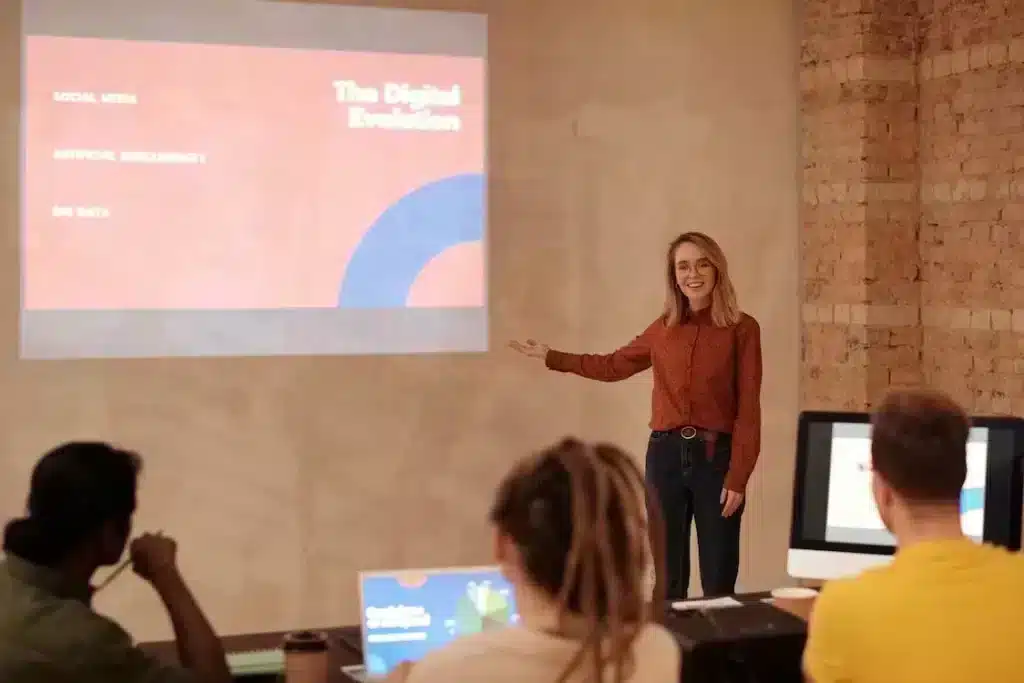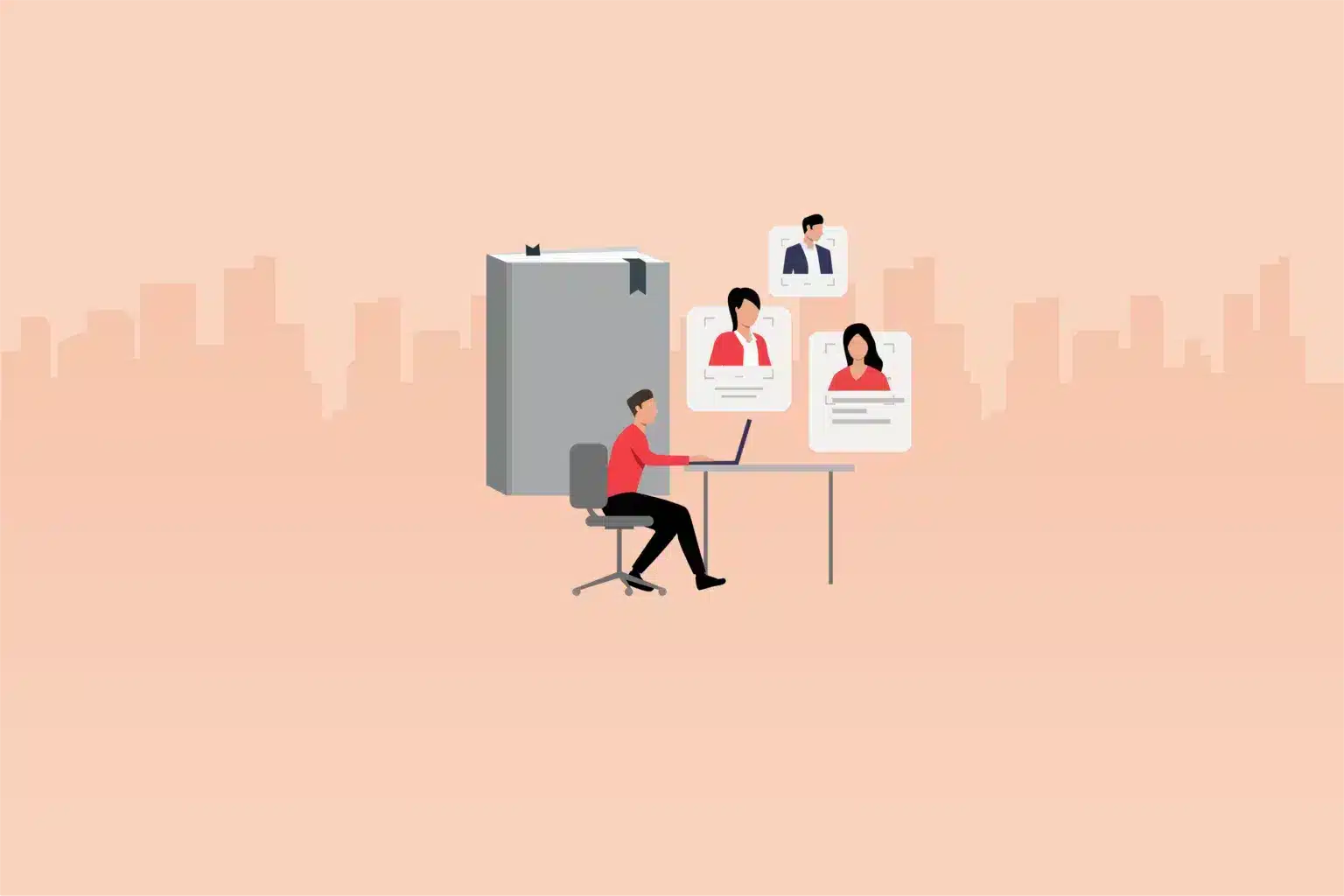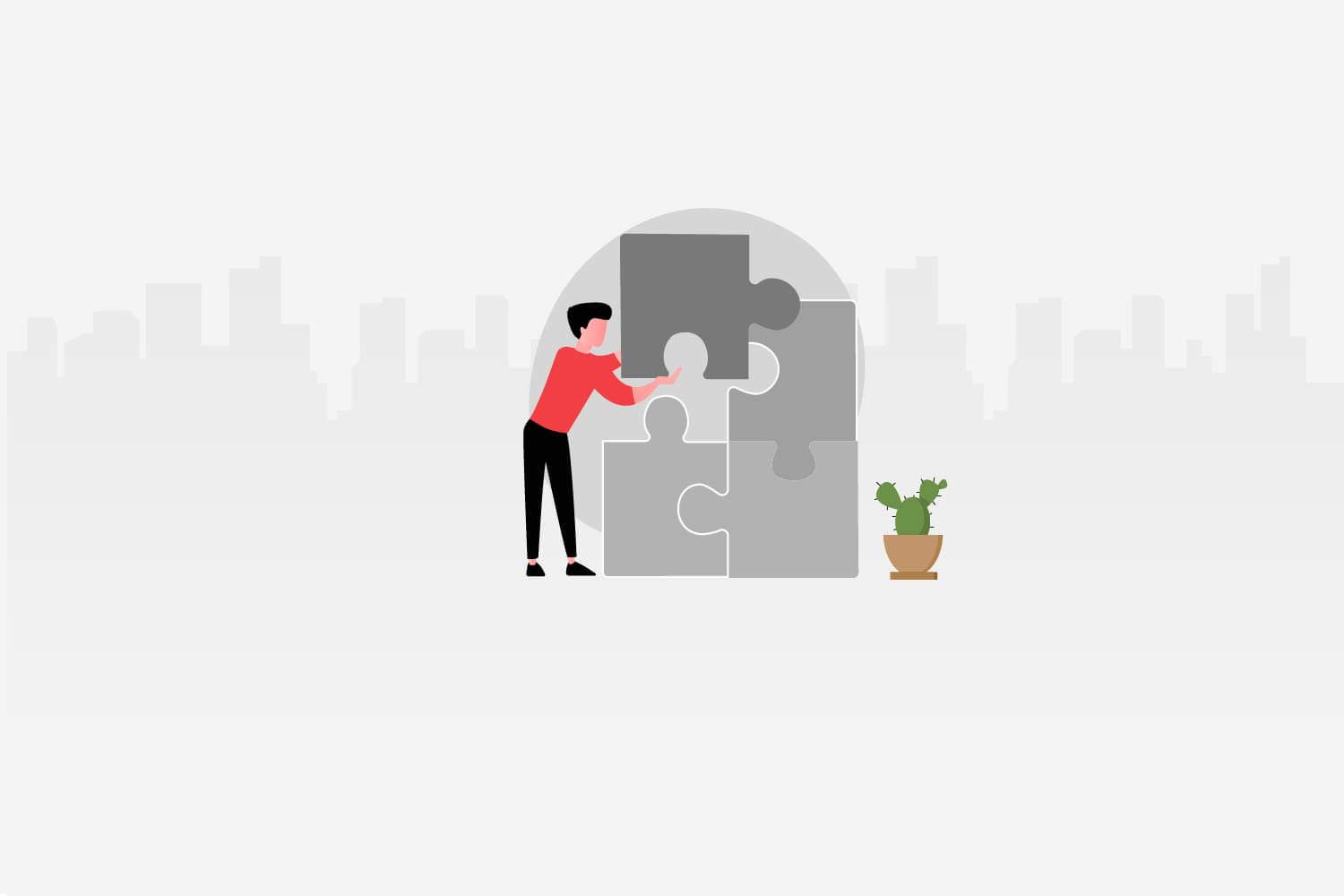Organizational Development (OD) is not just a buzzword in the business world; it’s a strategic approach that can reshape the very fabric of an organization. In today’s rapidly evolving landscape, where competition is fierce and adaptability is key, successful implementation of OD can be a game-changer. It’s not just about tweaking a few processes or conducting team-building activities; it’s a holistic journey that aims to enhance efficiency, productivity, and employee satisfaction. However, navigating this journey isn’t without its challenges. From gaining leadership support to customizing interventions and fostering employee engagement, the path to successful OD can be complex.
A study published in the Harvard Business Review revealed that organizations with a formal change management strategy in place were 3.5 times more likely to outperform their competitors and achieve successful organizational development.
In this guide, we’ll walk you through a comprehensive approach to implementing organizational development that’s designed to lead your organization toward lasting success.
Assessing organizational needs and goals
In the realm of organizational development, understanding where you stand and where you aspire to be is the foundational step that underpins success. The process begins with a comprehensive assessment of your organization’s current state. This entails a deep dive into its strengths, weaknesses, opportunities, and threats—a SWOT analysis. Such an introspection allows you to unearth latent potential, recognize shortcomings, and identify areas that require immediate attention.
To shape an OD strategy, it’s imperative to define clear and measurable objectives. These objectives should seamlessly align with your organization’s overarching business strategy. They provide a sense of direction and purpose, ensuring that the OD initiatives resonate with your broader goals. Whether it’s enhancing operational efficiency, fostering innovation, or improving employee engagement, the objectives you set will be the guiding beacons for your OD journey.
Additionally, this initial phase involves listening to the pulse of your workforce management. Engage with your employees, gather insights from various hierarchical levels, and create avenues for open communication. This not only aids in recognizing bottlenecks but also helps in understanding the aspirations of your employees. Their perspectives will play a pivotal role in shaping the course of the OD process.
In essence, assessing organizational needs and goals is akin to creating a roadmap. It provides the clarity needed to navigate the intricate terrain of OD. Armed with a profound understanding of your organization’s strengths and challenges, coupled with a well-defined set of objectives, you’re poised to move ahead—building leadership support, designing tailored interventions, and weaving a tapestry of positive change throughout your organization.
Building leadership support and Buy-In

In the realm of organizational development, the journey toward change is guided by the compass of leadership. To successfully navigate this journey, gaining the unwavering support and buy-in of organizational leaders is not merely a checkbox; it’s a cornerstone. Leadership’s endorsement serves as a powerful catalyst, shaping the trajectory of the entire OD initiative.
The process of building leadership support begins with a delicate interplay of effective communication and persuasive advocacy. It’s about articulating the value proposition of organizational development in terms that resonate with leaders’ aspirations and concerns. This involves framing OD not as a disruptive force, but as a means to elevate the organization’s capabilities, adaptability, and long-term success.
Understanding leaders’ motivations and concerns is crucial. Engage in candid conversations, address doubts, and provide evidence of OD’s potential to drive positive change. Highlight case studies and best practices from similar organizations to showcase the tangible benefits that can be reaped.
Gaining buy-in isn’t solely about selling an idea; it’s about co-creating a shared vision. Collaboratively define the desired outcomes, set realistic expectations, and establish key performance indicators that resonate with leaders’ priorities. This not only solidifies their commitment but also fosters a sense of ownership in the process.
Leadership’s engagement doesn’t stop at endorsement—it extends to active participation. Encourage leaders to champion the cause, communicate the importance of OD to their teams, and be visible advocates of the change. Their involvement sends a clear message: OD is not an isolated initiative but a strategic imperative woven into the fabric of the organization.
In essence, building leadership support and buy-in is akin to laying a sturdy foundation. With leadership aligned and committed, the walls of resistance crumble, and the structure of change gains stability. This collaboration amplifies the chances of successful OD implementation, propelling the organization toward a future that’s driven by evolution, innovation, and shared purpose.
Designing and customizing OD interventions
Organizational Development (OD) interventions are the gears that set the transformational machinery in motion. Each intervention is a unique tool designed to address specific aspects of your organization’s structure, culture, or processes. The art of designing and customizing these interventions is akin to tailoring a suit—it’s about precision, fit, and alignment with the organization’s distinct contours.
Before donning the suit, however, you must first understand the measurements. In the context of OD, this translates to a thorough analysis of your organization’s needs, challenges, and opportunities. What aspects require attention? Is it team dynamics, communication, leadership, or something else? With these insights in hand, you can select interventions that are most relevant and impactful.
The design phase involves a delicate balancing act between theory and practice. While relying on established OD models and frameworks, it’s equally crucial to mold these concepts to suit your organization’s unique identity. Customization is the key to resonate with your organizational culture, values, and objectives. For instance, a large corporation might require different approaches compared to a nimble startup.
The integration of technology and innovative solutions can breathe new life into traditional OD interventions. Embrace digital tools that facilitate communication, collaboration, and data-driven decision-making. Such integration not only enhances the intervention’s effectiveness but also aligns with the expectations of the modern workforce.
In essence, designing and customizing OD interventions is akin to crafting a masterpiece. Each brushstroke represents a deliberate choice, guided by a deep understanding of the canvas. The result is an OD strategy that is purposeful, impactful, and tailored to steer your organization toward the zenith of its potential.
Implementing OD interventions effectively
With the blueprints of organizational development interventions in hand, the stage is set for their execution—an intricate dance that requires careful choreography. Implementing OD interventions effectively demands a meticulous blend of planning, communication, resource allocation, and continuous employee monitoring.
The cornerstone of successful implementation lies in translating design into action through a well-defined action plan. This plan outlines the sequence of activities, assigns responsibilities, and sets clear timelines. It’s a roadmap that ensures everyone knows their role, eliminating confusion and minimizing disruptions.
Transparent communication is the linchpin that holds the implementation process together. Regularly engage with employees at all levels to share the purpose, benefits, and anticipated changes brought by the interventions. Address their concerns, provide clarity, and create an environment where open dialogue is encouraged.
Resource allocation, both human and financial, is vital for smooth implementation. Ensure that the necessary expertise, tools, and funding are in place to execute the interventions effectively. Lack of resources can impede progress and dilute the impact of even the most well-designed interventions.
Monitoring the progress of each intervention is like adjusting the sails on a voyage. Regularly track key performance indicators, gather feedback from stakeholders, and assess whether the interventions are yielding the desired outcomes. Adaptability is key—be prepared to make course corrections if deviations arise.
In essence, implementing OD interventions effectively is akin to conducting a symphony. Each instrument plays its part, harmonizing with the others to create a seamless, resonant performance. With careful planning, transparent communication, resource alignment, and vigilant monitoring, your organization can orchestrate an OD journey that culminates in transformative change and elevated performance.
Encouraging employee engagement and involvement

In the realm of organizational development, the heartbeat of change resides within the collective energy of the workforce. Encouraging employee engagement and involvement is a pivotal stride towards ensuring that the seeds of transformation take root and flourish.
At the core of this endeavor lies the cultivation of a culture that fosters open communication and collaboration. When employees feel their voices are heard and valued, they are more likely to actively participate in the OD process. Establishing platforms for feedback, town hall meetings, and cross-functional discussions can be instrumental in nurturing this culture.
Involving employees at all levels in the OD journey is akin to unlocking a treasure trove of insights. Tap into their frontline experiences and perspectives—after all, they are the ones who intimately understand the intricacies of the organization’s operations. Encourage them to contribute ideas, propose solutions, and actively participate in shaping the interventions.
Recognition and acknowledgment form the bedrock of sustaining employee engagement. Celebrate small wins, highlight individual and team contributions, and show appreciation for their dedication. Such gestures instill a sense of ownership and pride, motivating employees to remain invested in the OD process.
The connection between employee engagement and the success of OD interventions cannot be understated. When employees believe that the changes brought about by OD are aligned with their aspirations and welfare, their commitment amplifies. Their collective energy propels the organization forward, driving the change beyond the realm of initiatives and into the fabric of the culture.
In essence, encouraging employee engagement and involvement is akin to tending to a garden. By nurturing the soil of communication, sowing the seeds of collaboration, and celebrating the growth that emerges, you’re fostering an environment where change becomes not just a mandate, but a shared aspiration.
Evaluating results and continuous improvement
In the dynamic landscape of organizational development, the journey doesn’t conclude with the implementation of interventions. Rather, it continues into the realm of evaluation and improvement—a critical phase that separates transformative success from mere change.
The process begins by rigorously assessing the outcomes of each implemented intervention against the defined objectives. Did the intervention yield the intended results? Were the anticipated benefits realized? By objectively measuring these factors, you gain insights into the efficacy of your OD strategy.
Embrace data-driven analysis to identify successes, challenges, and areas ripe for improvement. Metrics such as employee engagement scores, productivity enhancements, and process efficiency gains can provide tangible evidence of the impact of your interventions. However, don’t overlook qualitative feedback, which can illuminate nuanced shifts in the organization’s culture and dynamics.
Continuous improvement is the heartbeat of organizational development. Utilize the knowledge gained from evaluation to fine-tune your approach. Adapt your interventions, adjust timelines, or reallocate resources based on the lessons learned. This iterative process enhances the relevance and potency of your OD strategy over time.
Transparency in sharing evaluation results and improvement plans is pivotal. Keep employees informed about the progress made and the areas being addressed. This fosters a sense of inclusion and demonstrates your commitment to nurturing a culture of constant evolution.
In essence, evaluating results and continuous improvement is akin to navigating by the stars. The path may change, but the guiding principles remain steadfast. By embracing data, learning from experience, and embracing a philosophy of adaptation, your organization charts a course towards sustained growth, where each phase of development lays the groundwork for the next.
Conclusion
As we conclude this guide, it’s important to recognize that organizational development is not a destination but a continuous journey. Successfully implementing OD requires a strategic mindset, a commitment to change, and a willingness to adapt. By assessing your organization’s needs, gaining leadership support, customizing interventions, involving employees, and constantly evaluating results, you’re setting the stage for transformative growth.
Remember, OD is not just about processes and structures; it’s about people and their potential. By harnessing the power of OD, you’re investing in a future where your organization can thrive amidst change, seize new opportunities, and build a culture of innovation. So, embrace the challenges, celebrate the successes, and keep the spirit of development alive – because the journey toward organizational excellence is truly a journey worth taking.
Testlify offers a range of assessments and challenges that allow you to gauge candidates’ knowledge, problem-solving skills, and creativity in real-world scenarios. With our extensive test library, you can objectively evaluate candidates’ abilities, ensuring you shortlist the most talented individuals efficiently. Ready to unlock the potential of your hiring process with our talent assessment tool? Book a free 30-minute live demo with Testlify. Our expert team will guide you through the platform, showcasing relevant skill tests tailored to your organization’s needs. With our support, you can streamline candidate selection, saving valuable time and resources.








